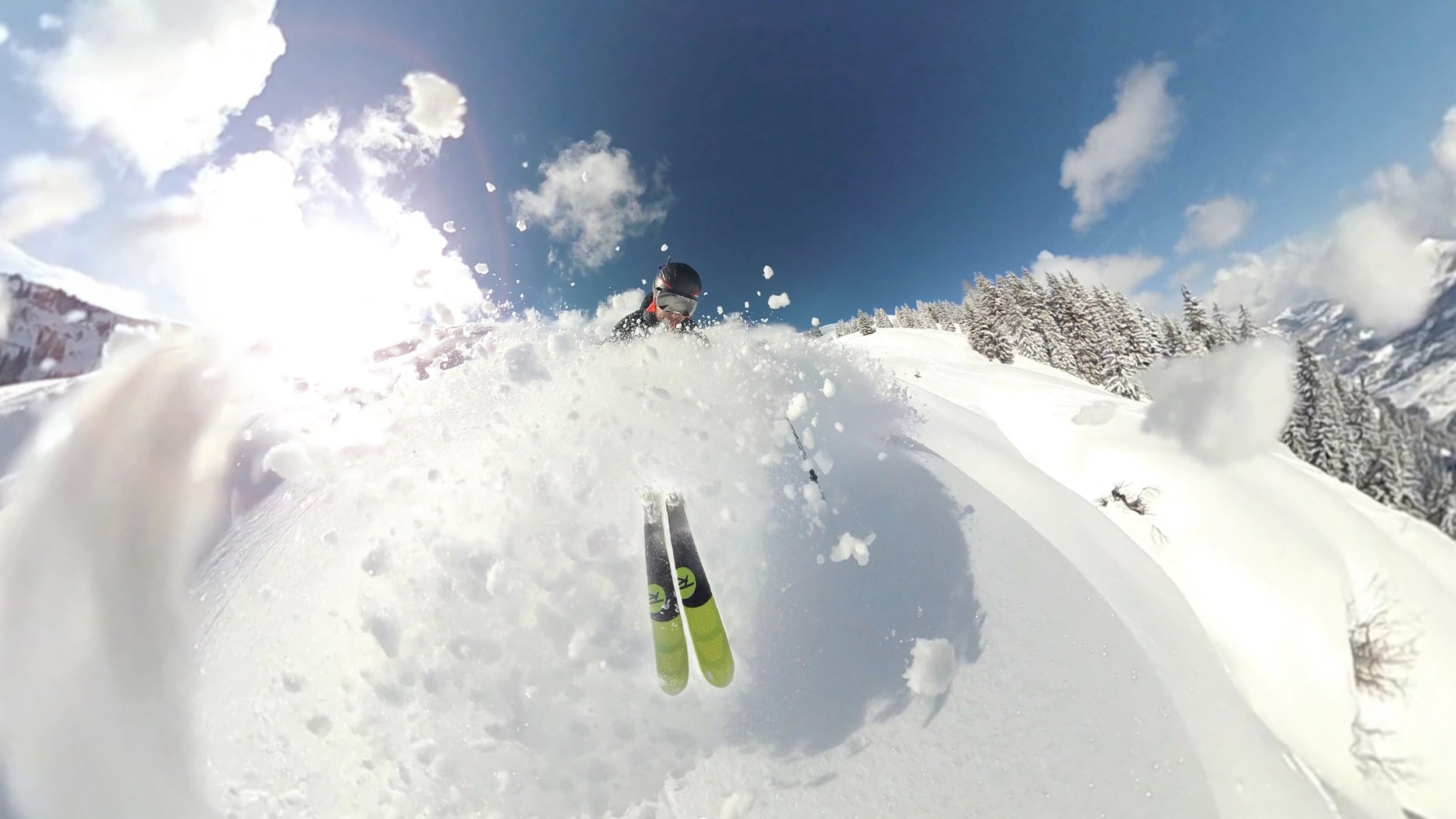Skiing remains one of the most popular outdoor winter sports in Colorado. It is estimated over 6.8 million skiers participated in the sport over the recent winter season. There are inherent risks of death and injury in both skiing and snowboarding, but thankfully due to technological updates and innovations overall injuries have fallen by half over the last 30-40 years. Although injuries on the whole have decreased some traumatic cases, such as ACL tears, remain common today. A recent article summarized the available evidence on the most common ACL tears, as well as, offered an update on injury prevention strategies in alpine or downhill skiing.
Davey and colleagues published the review article recently in the journal Sports Health (2018). Authors reviewed the available evidence on ski injury prevalence including injury location, known risk factors, and ski injury prevention. Data was available from a total of 64,667 ski injuries over a 25 year period. They reported the average age of skiers injured was 30 years old with a range of 24 to 35 years. Those found at highest risk included both the young, adolescents and children, as well as, older adults (>55 years). While males were more likely to experience lower extremity fracture, consistent with other sports females are more prone to ACL tears.
As expected, the lower extremity remains the most commonly injured area of the body accounting for up to 77% of all injuries. Further, 14% of injuries involve the thumb and shoulder and 13% involve the head and neck. The knee ligaments (ACL and MCL) remain the most common injury followed by thumb and head and facial injuries. Trend data showed a drop in tibial fracture, but an increase in ACL tears. Most common mechanisms included deep knee flexion with rotation or knee hyper extension and forward movement of the thigh over the stationary leg in the boot. In addition, despite advances in helmet use and technology, the number of traumatic skiing fatalities remained constant.
Ski technological advances, including helmets, bindings, and ski poles, deserve the most credit for the 50% reduction of ski injuries. Helmet use has increased to 80% of all skiers and has been a significant advancement in the safety of participants and reduction of head and face injuries. As expected, helmets have consistently been shown to reduce both the prevalence and severity of head injuries without a subsequent increase in “risky skiing”. The risk of death with head injury has stayed relatively constant either because the forces of impact exceed the protective capacity of the helmet or the skier sustained other bodily injury causing death despite sparing their head and face.
Ski boot binding systems have contributed to the large decrease in leg fractures and contusions due to improved release mechanisms. In addition, skiers who routinely have their bindings checked by certified ski shops sustain fewer injuries than those who ski without inspected bindings. These bindings are designed to prevent fracture and leg injuries, not knee ligaments, and bindings often do not release with common ACL injury mechanisms in skiing.
Established programs such as “lids on kids” and “heads up” remain effective at improving the awareness and utilization of helmets. ACL prevention programs (Vermont Ski Safety Equipment) have focused on educating skiers to avoid situations most associated with knee sprain, as well as, instructions in how to fall with decreased risk to your knee. These programs have been shown to reduce a skier’s risk of knee injury by 60%. Interestingly, ski lessons have not been shown to reduce the risk of knee injury among skiers. In our practice, strength also remains a key component of injury prevention programs. Skiers are recommended to work with a local Physical Therapist to design an effective ski injury prevention exercise program.

